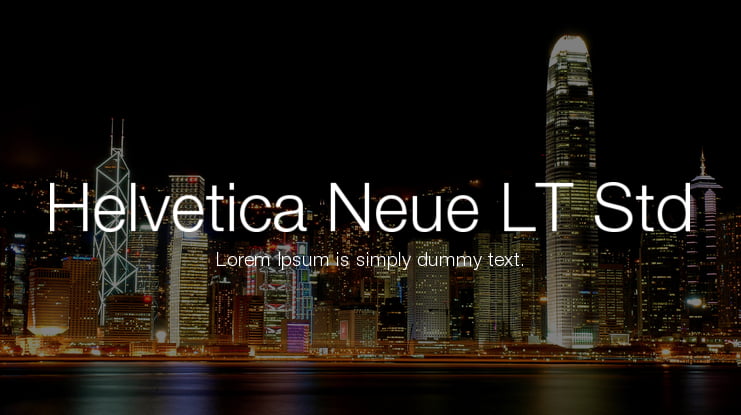
Parisine remain the official corporate typeface of the public transport in Paris, the worldwide capital for tourism, and now integral part of the French touch.Directly related, Parisine Office was initially created for Ratp’s internal and external communication, Parisine Office is available at Typofonderie too. Many years of adjustments were necessary to refine this complex family.Initially, Parisine was designed by Jean François Porchez in 1996 for Ratp to solely fulfil the unique needs of signage legibility. The Narrow version will be useful as direct compagnon mixed to standard width version when the space is limited.The various Parisine typeface subfamiliesParisine is organised in various widths and subsets, from the original family Parisine, Parisine Gris featuring lighter versions of the usual weights and italics, Parisine Clair featuring extra light styles, to Parisine Sombre with his darker and extremly black weights as we can seen in Frutiger Black or Antique Olive Nord. In editorial projects, the Compress version will enhances your headlines, banners, allowing ultra large settings on pages. Born as signage typeface family, the various widths and weights permit a wider range of applications. on the italics, to keep certain expected regularity, important for information design, signages, and any subjects where legibility, sobriety came first. More human, but not fancy: No strange “swashy” f, or cursive v, w etc. The Parisine was created to accompany travelers in their daily use: ultra-readable, friendly, human while the context is a priori hostile.Meanwhile, Parisine is now a workhorse and economical sanserif font family, highly legible, who can be considered as a more human alternative to the industrial-mechanical Din typeface family. This family of typefaces has become over years one of the symbols of Paris the Johnston for the London Underground or the Helvetica for the New York Subway. License: You can use this font for personal purpose.Ultra legible forceful sanserif in 32 fontsParisine was born as official parisian métro signage typeface.Designer: Max Miedinger, Edouard Hoffmann.It is the quintessential sans serif font, timeless and neutral, and can be used for all types of communication. The Neue Helvetica sets new standards in terms of its form and number of variants. The second figure gives information on the width and orientation of the font: Helvetica 53 extended to Helvetica 57 condensed. The first figure of the number describes the stroke thickness: 25 ultra light to 95 extra black. The designation “55 roman” forms the central point. The basic font weight, “Helvetica roman”, is at the heart of this numbering system. The original numbering system for the weight designations came from the numbering of the Univers font. Today, this family consists of 51 different font weights. Stempel AG redesigned and digitized the “Neue Helvetica” typeface for Linotype and made it a self-contained font family. Over the years, Helvetica was expanded to include many different weights, but these were not coordinated with each other. The original letterforms of Helvetica had to be modified for the Linotype system. It forms an integral part of many printers and operating systems. This typeface, designed by Max Miedinger and other project members at the Haas’sche Schriftgiesserei, has become one of the most famous and popular typefaces in the world, thanks to the marketing strategy of Stempel and Linotype. Helvetica Neue Condensed Bold Font is part of Helvetica Neue Font Family. Click to email this to a friend (Opens in new window).Click to share on Skype (Opens in new window).Click to share on WhatsApp (Opens in new window).Click to share on Telegram (Opens in new window).


Click to share on Pocket (Opens in new window).Click to share on Pinterest (Opens in new window).Click to share on Tumblr (Opens in new window).Click to share on Reddit (Opens in new window).



 0 kommentar(er)
0 kommentar(er)
